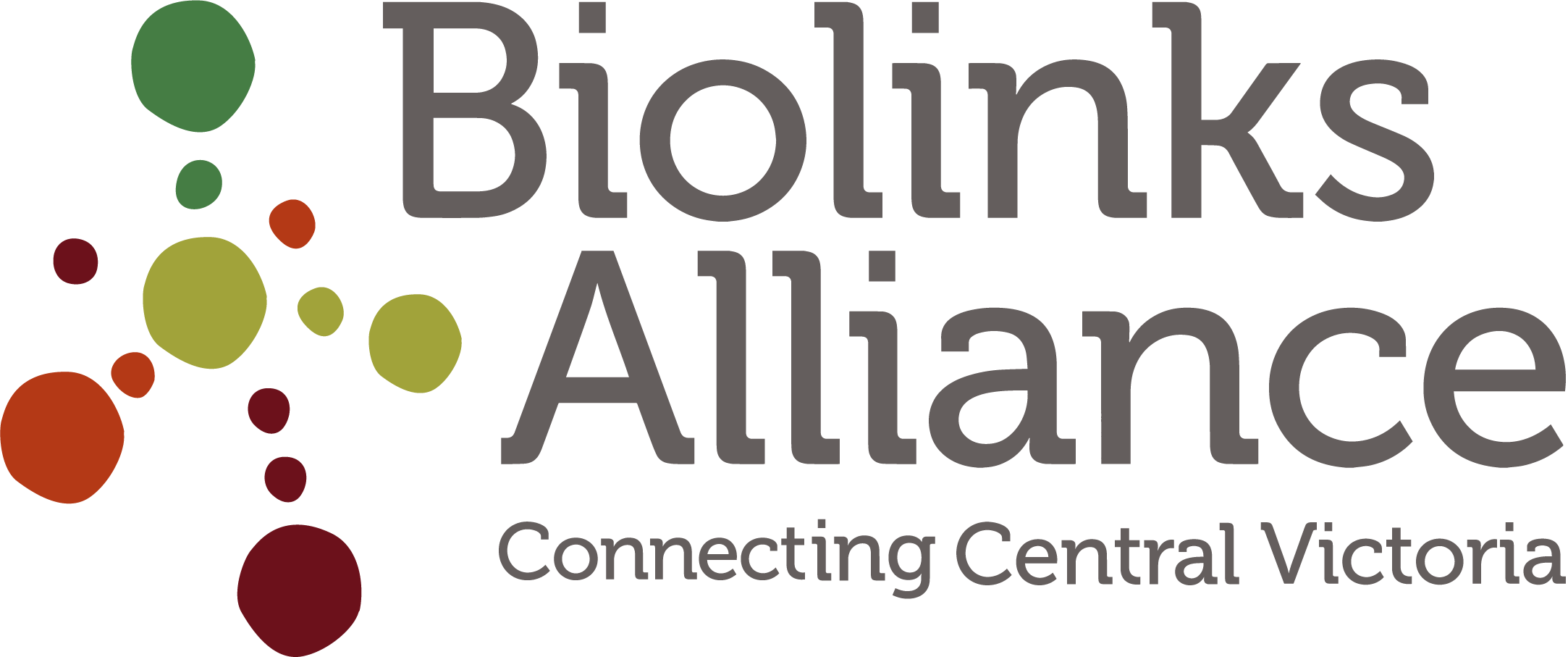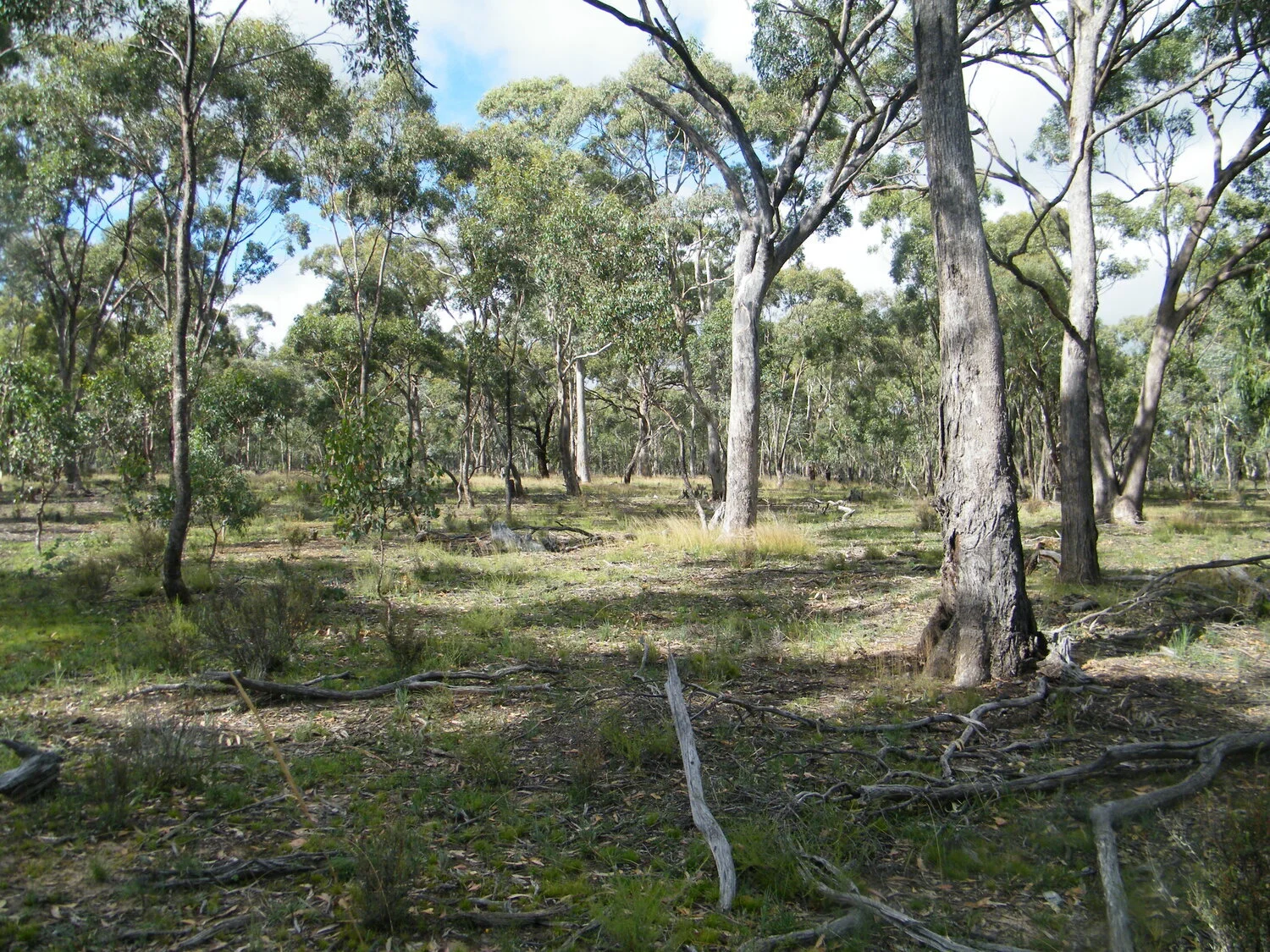Learn about the work that goes into the planning of an ambitious landscape-scale restoration project. You’ll be introduced to the Deep Creek Biolink project, a collaborative effort between Biolinks Alliance, Upper Deep Creek Landcare Network, Melbourne Water, Macedon Ranges Shire Council and Upper Maribyrnong Catchment Group.
Read MoreFrog Identification Guide - Kyneton to Heathcote regions
Read MoreThese resources were kindly provided by David Tongway to support his presentation on Landscape Function Analysis presented at the 2021 Leaky Landscapes symposium.
Read MoreEucalyptus tree identification booklet
Read MoreTree health survey field guide
Read MoreReveg Calendar - by Project Platypus
Read MoreProtecting paddock trees - by Project Platypus
Read MoreBenefits of trees for farm productivity - by Project Platypus
Read MoreCreated by the Australian Citizen Science Association
Read MoreCreated by Australian Citizen Science Association
Read MoreIn this video, we talk you through how to record survey data when using a nest box or camera trap, as well as explaining how the survey data will be used.
Read MoreIn this video, we demonstrate how to check a nest box on your property.
Read MoreIn this video, learn about Phascogale habitat and identifying the correct locations for Phascogale sightings via camera traps or nest box monitoring.
Read MoreThe larger reserves are core areas for the conservation of many species. Source populations of species in the larger reserves provide the individuals that disperse across the landscape and colonise other patches. Biolinks provide the networks of corridors and stepping stones that enable this dispersal from and between the larger reserves.
Read MoreWe are now recognising the values of nature in urban areas for human well-being, the survival of species and the ecological health of our urban environment. Healthy natural ecosystems can cool the air, filter pollutants, retain water and stormwater runoff, control pests, pollinate our plants - and help reduce carbon emissions and moderate the impacts of climate change.
Read MorePaddock trees have a unique role in biodiversity conservation. They provide habitat for a wide range of species, particularly those that need hollows (including many bats and birds), and those that need the abundant food resources provided by large trees. Even dead trees – standing starkly in paddocks – provide a home for many animals. And, although they often stand alone, they can provide essential stepping stones for the movement of many different species between bushland patches.
Read MoreAgriculture can be sustainable if it can meet society’s current food and textile needs without compromising the ability of future generations to meet their own needs. Grazing management is a critical part of sustainable agriculture that aims to provide food for animals throughout the year by protecting perennial grasses from overgrazing and soils from wind and water erosion.
Read MoreProductive farming and biodiversity conservation can co-exist to the mutual benefit of both. There is a growing body of evidence on the long-term benefits of retaining trees, protecting corridors of bushland and taking care of the ground cover. This biodiversity can moderate climate at a local and regional scale, protect soils and water supplies, increase productivity with minimal inputs and costs, and reduce the use of chemicals for soil fertility and pest control.
Read MoreAs more and more people create wildlife habitat and healthy ecosystems - in our own personal spaces and in our many community parks and gardens (see Urban Parks) – each little patch will become a part of a much larger matrix of natural ecosystems across our urban areas.
Read MoreAll bush blocks have conservation values. The old trees and understorey and ground layers provide habitat for a diversity of animals. Larger patches – from 10ha – provide habitat for many more species. And bush blocks can add to larger habitat patches on adjoining land and help to buffer areas of high quality or threatened vegetation.
Read More



















